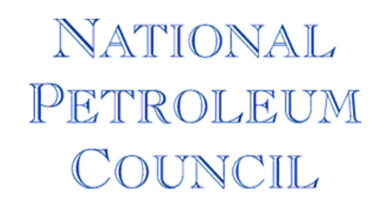Barnett Shale group challenges benzene emissions allegations
Ed Ireland, executive director, Barnett Shale Energy Education Council, confronted rumors about benzene emissions from Barnett Shale wells during a presentation at the 2010 IADC Drilling Onshore Conference & Exhibition on 20 May in Houston.
“No one had ever heard of benzene or alleged that benzene came from natural gas operations a year ago,” Mr Ireland said. Now, the Texas Commission on Environmental Quality (TCEQ), because of alleged benzene emissions from the Barnett Shale, is rewriting their permit rules, which will impact at least 24 counties in Texas. According to Mr Ireland, this could impact 70,000 jobs in North Texas, as well as 1.3 million jobs connected with natural gas production.
“This issue has really taken hold, and we’re seeing this same issue exported to the Marcellus Shale,” he said.
The benzene allegations can be traced back to a 2009 study on air quality, which concluded that Barnett Shale wells were responsible for emitting more nitrogen oxides (NOx) and volatile organic compounds (VOCs) than “all the cars, trucks and airplanes in North Texas,” Mr Ireland said.
The study was conducted by then-Southern Methodist University professor Al Armendariz, who is now the EPA region 6 director in charge of EPA districts in Texas, Oklahoma and Louisiana. His initial planted the idea that benzene emissions were too high in the Barnett Shale, Mr Ireland said. From there, the issue steamrolled.
Several initial studies were conducted when reports surfaced of high benzene emissions in Dallas/Fort Worth communities. But media coverage focused primarily on Barnett Shale emissions in Dish, Texas — a town just north of Dallas/Fort Worth with an estimated population of 180 people.
Air-quality tests were conducted at the request of Dish residents. Findings of elevated levels of VOCs, including benzene and tentatively identified compounds (TICs), were reported. The tests also pointed to natural gas wells and compressor stations as the source of the alleged excess emissions.
“The air tests couldn’t show what the emission sources were. The tests only showed that there was maybe something in the air,” Mr Ireland said.
In January 2010, the TCEQ stepped in and gathered 126 air samples from gas wells in the Fort Worth area but found no detectable evidence of benzene. In an additional six-month study, only two wells out of 94 exceeded “acceptable” limits of benzene while 19 “might require facility action.”
Tests continued in Dish. Residents insisted the Texas Department of State Health Services take blood and urine samples to test for benzene and other contaminants. Tests came back showing normal levels in all 28 residents who were tested.
Additional data is now being collected by the TCEQ to evaluate air emissions for every Barnett Shale natural gas well.
This quote was reported from a speech Mr Armendariz made to the North Central Texas Communities Alliance on 4 February 2010: “Big changes are on the way — changes that could alter everything from what drilling facilities are allowed to emit to how they are monitored.”
All that is left to do now, Mr Ireland said, is to conduct more studies and collect more data. While the data has not been conclusive in many of these studies, no one seems to be looking at the results, he said, and the TCEQ and EPA are not backing down.
For further information on alleged emissions in the Barnett Shale, please visit: http://www.bseec.org/.





The TCEQ has recently been accused of fraud regarding the air testing mentioned above. All one has to do is connect the dots between the Ed Ireland’s bank account and the Barnett Shale drillers to see why he is the mouth piece for out of control drillers.